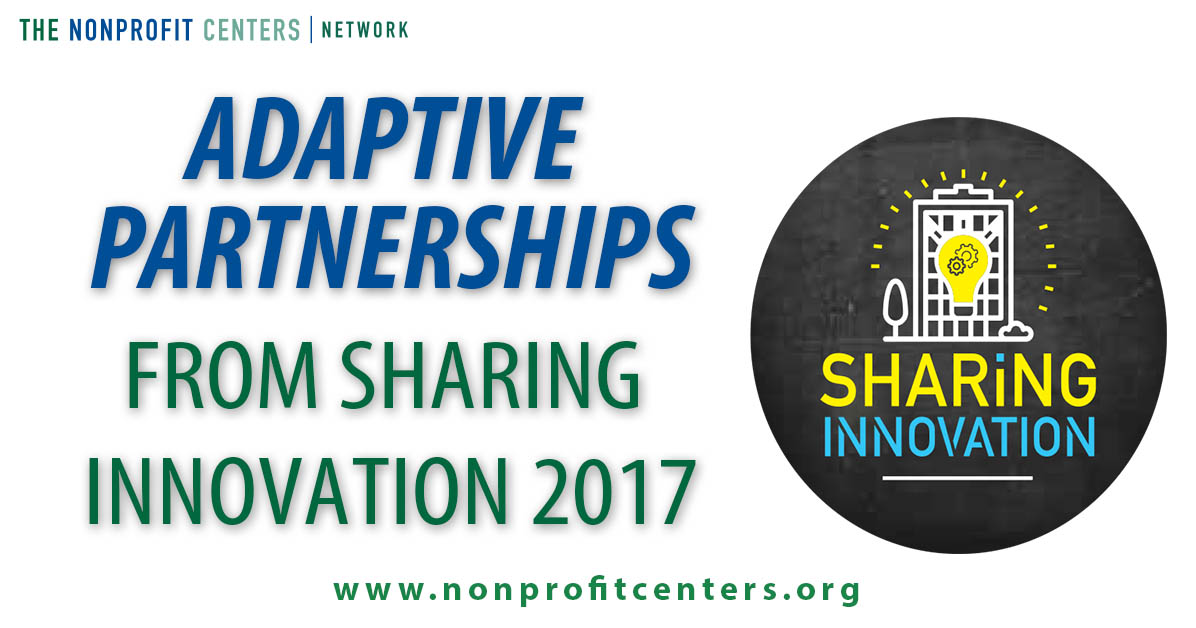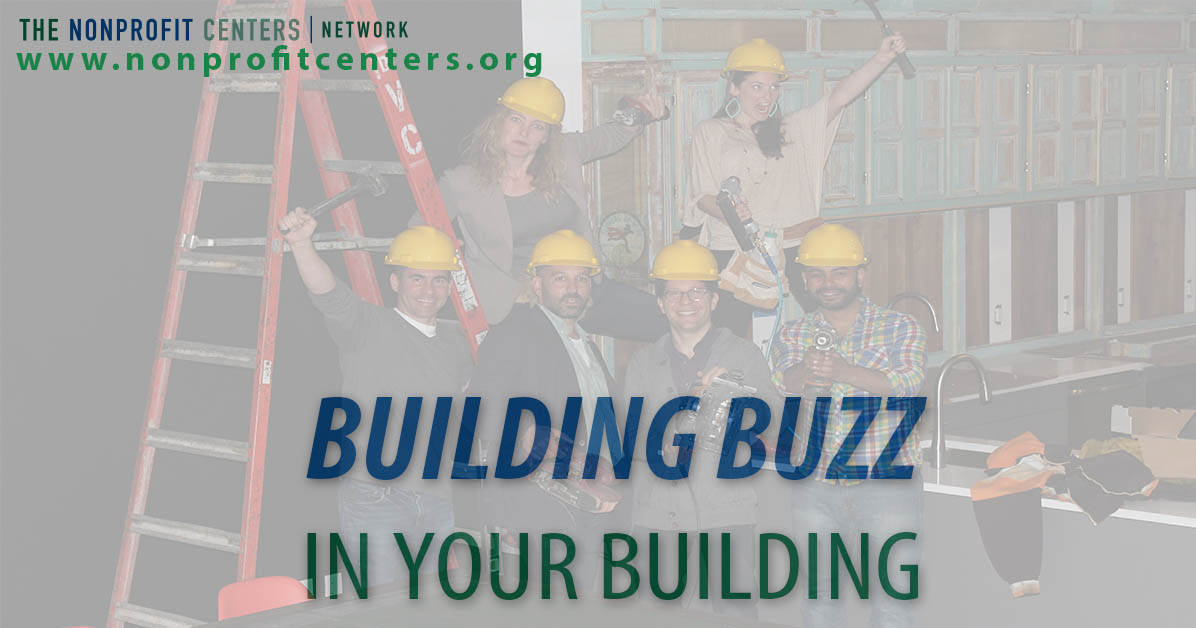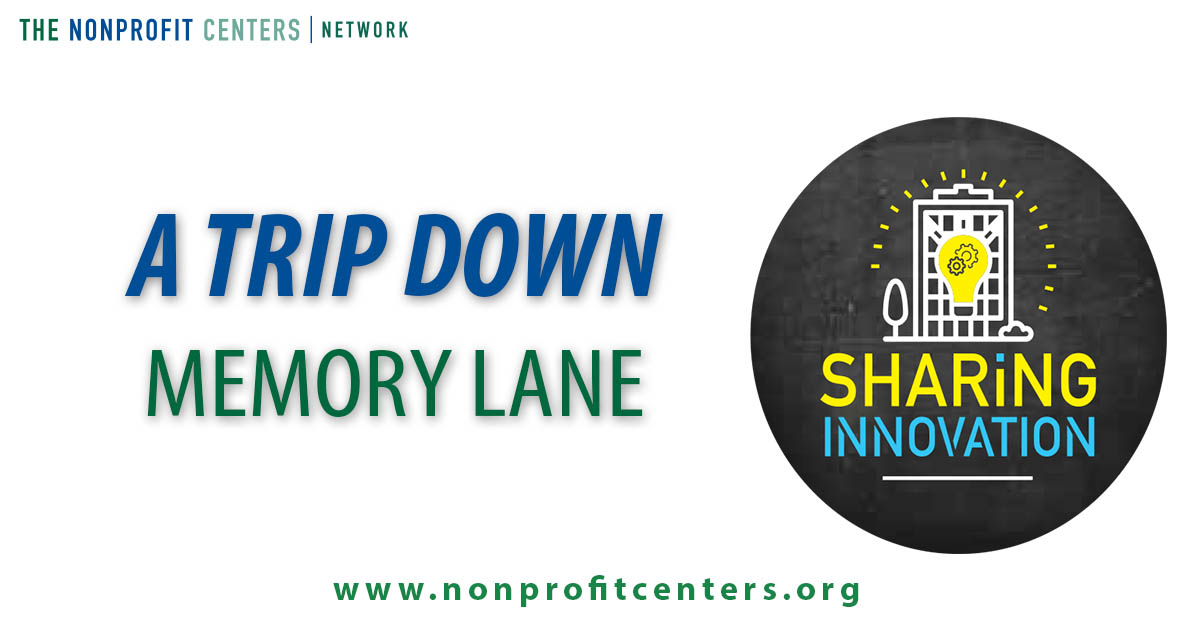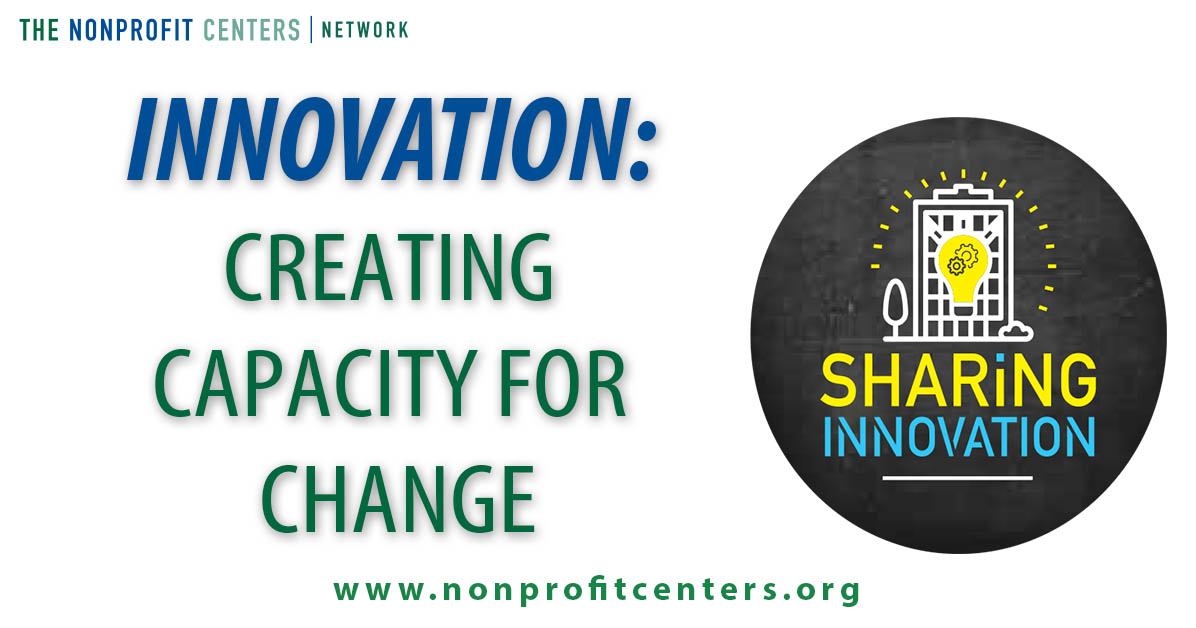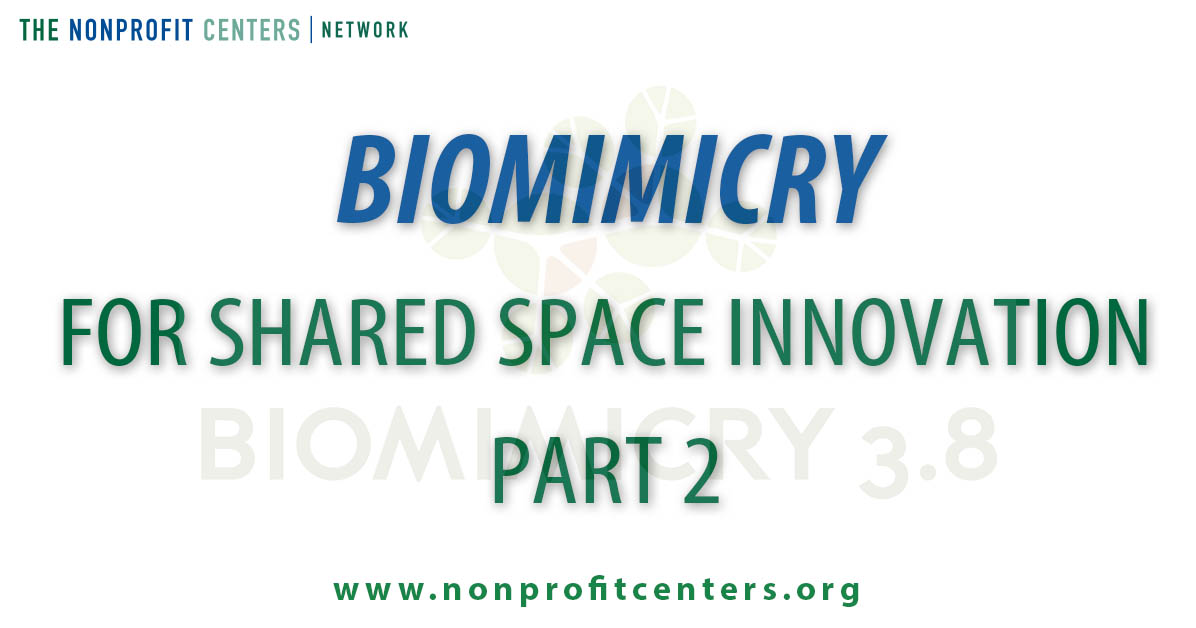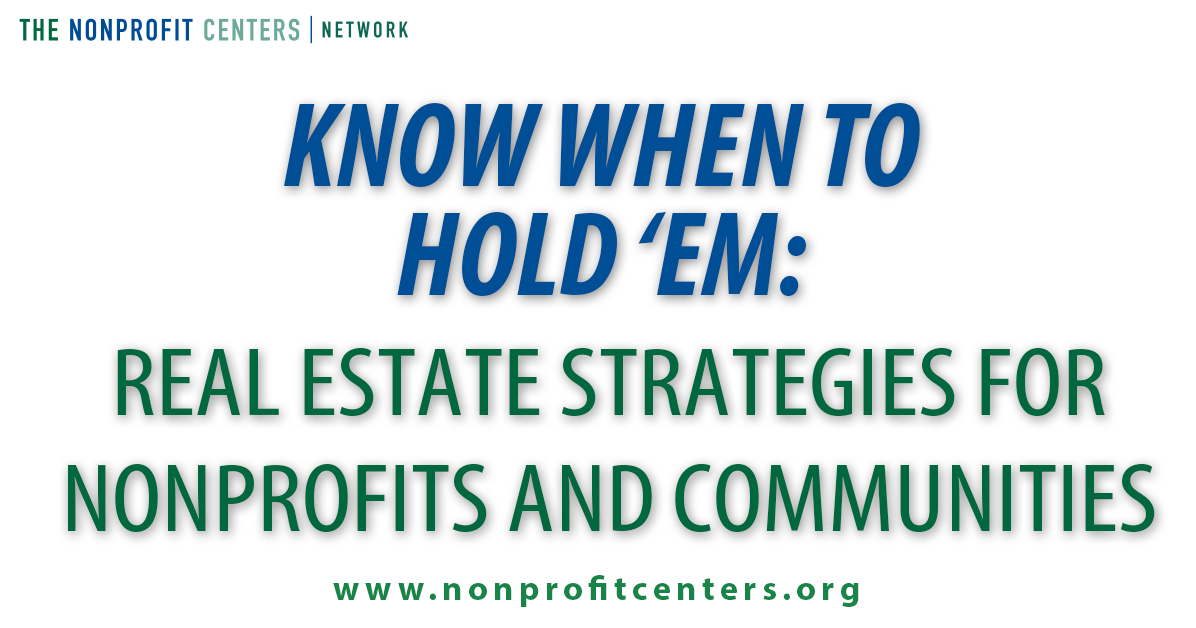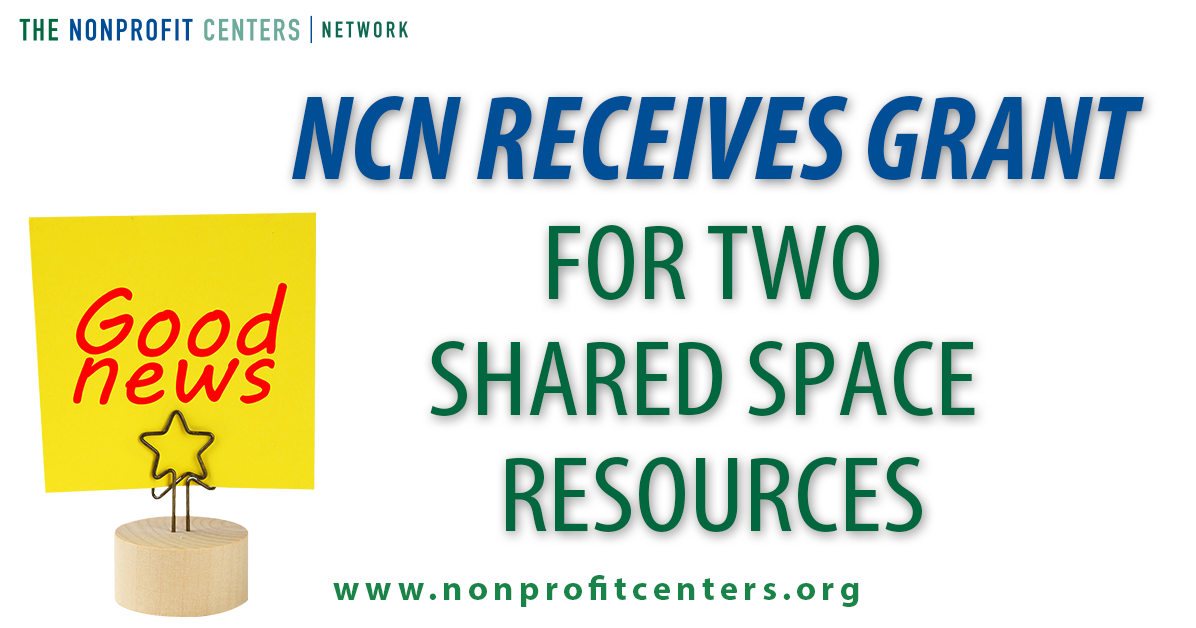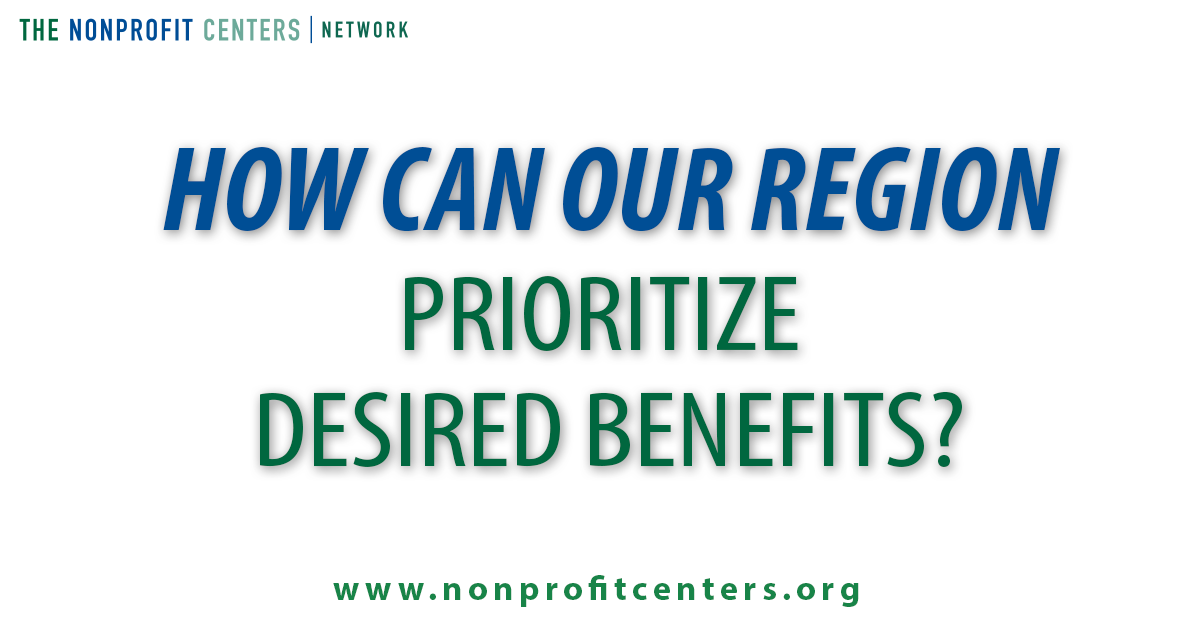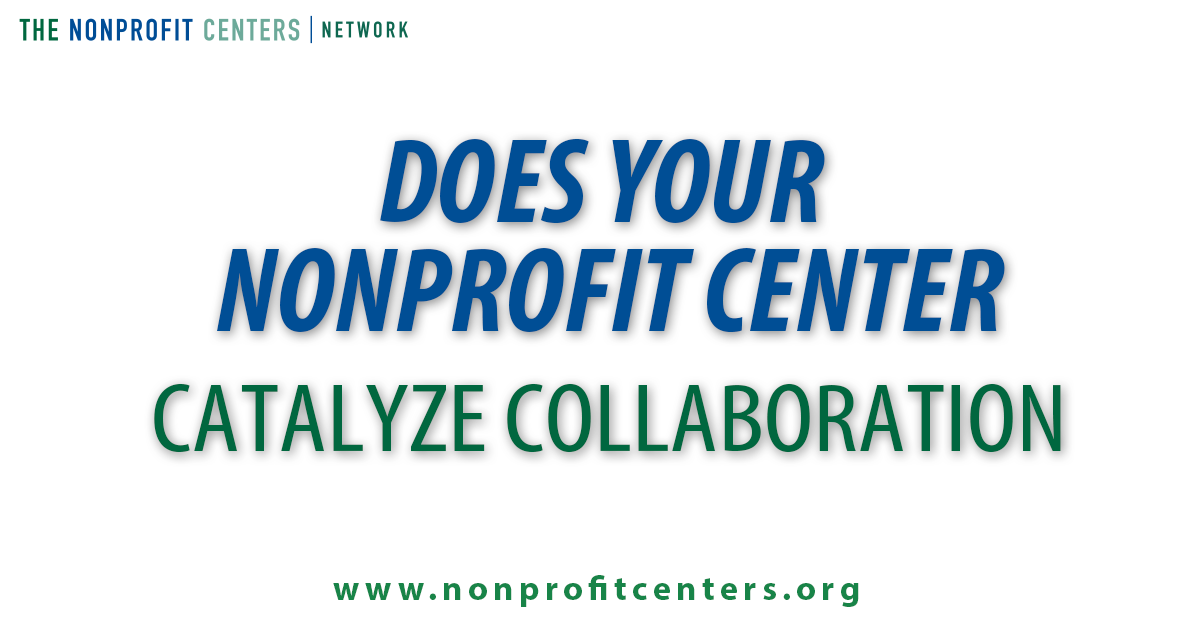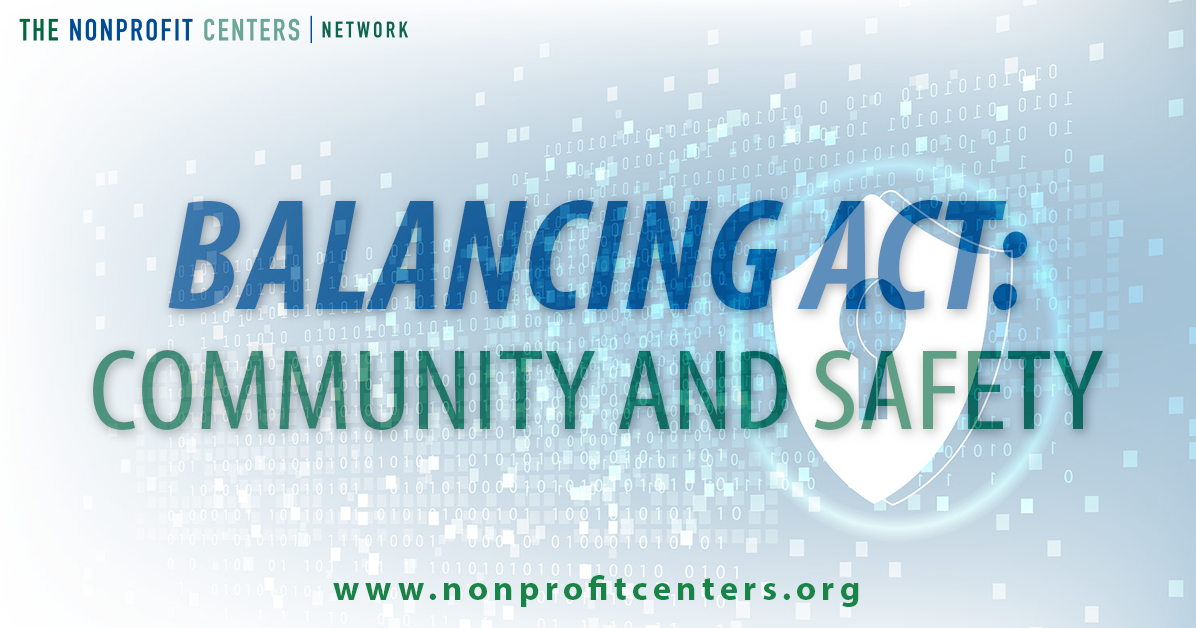This week we dive back into our trip down memory lane to our 2017 gathering, Sharing Innovation, as a way to get psyched for 2018’s event in October. Whether you missed last year or need a little convincing to attend this year (as if!?), check out the second of our four Sharing Innovation 2017 Blog Video Series below. With two speakers each over last year’s themes of Technology for Collaboration, Adaptive Partnerships, Smart Growth and Sustainability, we’re certain you’ll walk away with not only some fresh innovative ideas, but also the desire to (re)connect with the NCN community this October!
This week’s focus is:
Theme: Adaptive Partnerships
How can Nonprofit Centers Foster Catalytic Collaborations? Reflections from the OpenGov Hub
Nada Zohdy
OpenGov Hub, Washington D.C.
Zohdy describes a framework she helped develop to think about nonprofit collaboration (called “Catalytic Collaboration”), and how OpenGov Hub has put this into practice and what they are learning so far.
Transactional to Transformational – Building Trust to Strengthen a Community
Kathy Lanni and Allison Schultz
SEFCU and Siena College (Respectively), Albany, NY
A case study of how a funder and a university moved from a transactional relationship to a deeper transformational partnership to build trust among a competitive nonprofit community.




